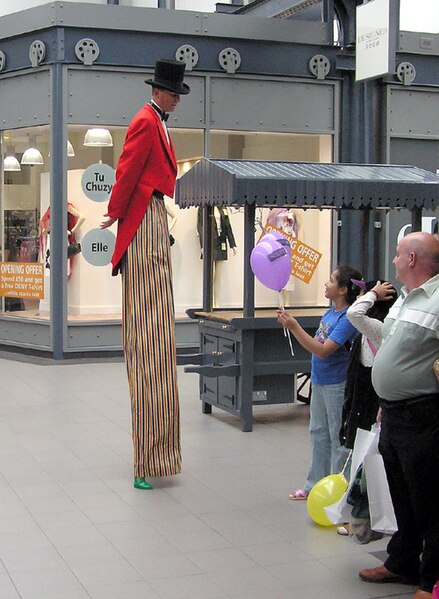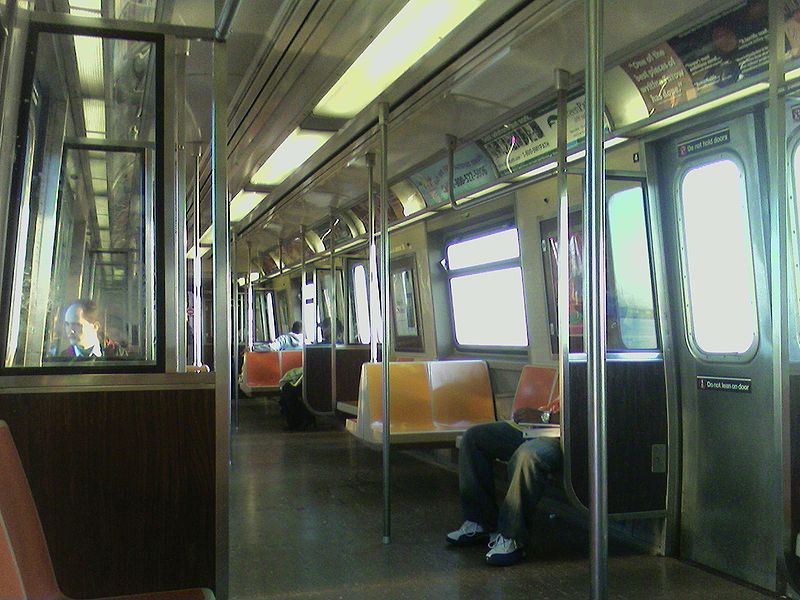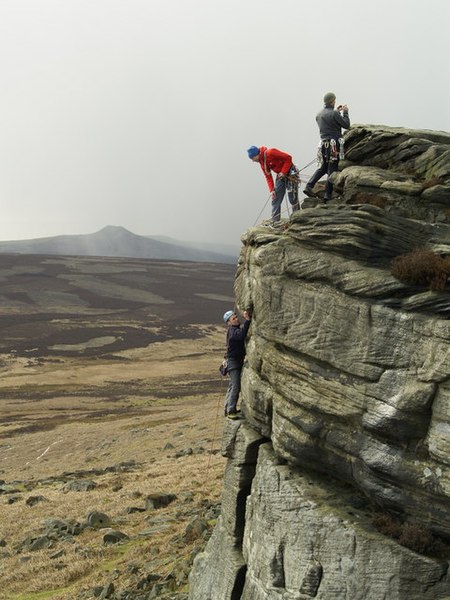Anaphora Literary Press invites submissions of full-length manuscripts of fiction, nonfiction, and poetry; there is no submission fee and it reads year round. This is not a vanity press; it actively promotes its authors. Its director, Anna Factorovich, does excellent cover illustrations, as I know from experience, having published two books with Anaphora. There is one requirement: authors accepted for publication must take fifty copies of their book at a 25% discount from the retail price and dispose of them through sales, giveaways, or requests for reviews. Small presses have to find a way to survive; this is Anaphora's solution. But there is no time limit; one can take one year or ten or twenty to dispose of those copies. And Ms. Factorovich is very clear and open about this requirement; if you don't think you can dispose of fifty copies, you'd better not sign up with Anaphora. But Anaphora is fast: if your manuscript is accepted, you can have a book in hand within one month, if you choose not to have it edited (which I do not recommend), or within two months, if you do have it edited. Here is a rare opportunity for writers willing to help market their works vigorously. Once you're published, Anaphora may request contributions toward a catalog and other means of marketing, but these are optional. Here are my two books:

Bill Hope: His Story. New York City, 1870s: From his cell in the gloomy prison known as the Tombs, young Bill Hope spills out in a torrent of words the story of his career as a pickpocket and shoplifter; his brutal treatment at Sing Sing and escape from another prison in a coffin; his forays into brownstones and polite society; and his sojourn among the “loonies” in a madhouse, from which he emerges to face betrayal and death threats, and possible involvement in a murder. Driving him throughout is a fierce desire for better, a persistent and undying hope. In the last Goodreads giveaway, 492 people signed up, though only two books were offered.

For more information and guidelines for submissions to Anaphora, go here.
And now, on to fear of falling.
 |
| Ever tempted to walk on stilts? If so, you have no fear of heights. |
We humans take for granted our erect position, perched high up on our legs like stilts, even though the rest of God’s creatures swim in the sea, fly in the air, or slither or creep on land. We think it normal to have our feet grounded and our head aloft. This posture gives us pretensions, a feeling of dominance and control, of being above earthy things, of being close to heaven. But gravity dictates that things high up will come crashing down. Maybe not right now, this minute, but sooner or later, hence our fear of falling.
I have no special fear of heights, no acrophobia. When visiting the medieval cathedrals of Europe, I thought nothing of huffing and puffing up circular stone stairs in a tower to an edifice’s superstructure, where I could see gargoyles barely visible from below, and enjoy a wide view of the city. And when my friend Bill and I visited pre-Columbian sites in Mexico and clambered up the steep steps of pyramids to the very top, I found the whole experience thrilling. And when I clambered back down again and looked back and saw Bill still way up near the top, frozen in fear, I realized he had a fear of heights that to me was alien. He did get down again, but slowly, one step at a time.
 |
| The George Washington Bridge, with a view from one of the towers --a view I've never had and never will, thank God. |
Am I ever afraid of heights and of falling? Of course. When I walk across the George Washington Bridge to New Jersey, and pause midway and look down at the river far below, my knees go limp and I feel a momentary dizziness; the thought of plummeting all that way to the water, as many suicides have done, tenses me with fear. Back in my opera-going days, when I went down to a seat in the front row of the Family Circle of the old Met (the Metropolitan Opera), I was only too aware of the steep descent before me, with only a low rail at the balcony’s edge separating me from the gaping emptiness of the theater’s vast interior, and the main floor far below. And when today I visit the new MOMA – the Museum of Modern Art on 53rd Street – with its wide glass walls and plunging perspectives, I get nervous and move quickly to enter rooms with solid floors, relieved to be boxed in with thick walls adorned with works of art and not with views of empty space.
 |
An inside view at MOMA. No thanks. Colin Chia |
Once, long ago, I had surgery in my right knee and after weeks of bed rest had to learn to walk again and regain, slowly, slowly, the use of my right leg, which at first bent only a little at the knee. In the hospital I went from wheel chair to walker, and by the time I left there I was walking with a cane. The cane gave me support for many weeks and lessened my fear of falling, which was acute at the top of stairs, or when stepping off a high curb, of which there were many in those days, before the city lowered the curbs at intersections. My fear of falling when stepping off a curb was so persistent that I carried the cane for weeks after I no longer really needed it; it reassured me, gave me confidence. Then, once my leg muscles had toughened and my knee could bend to a right angle or more, letting me walk normally, I relinquished the cane and no longer nursed a fear of falling.
Until recently, that is. Now, on the cusp of my dynamic maturity, that fear has returned. Not a fierce, nagging fear, just a sly, subtle one that from time to time flares up. When? When clambering down stairs and stepping off a curb. Fortunately, most stairs – even those with only two or three steps – have a firm railing at hand, so negotiating them is no problem. Stepping off a high curb is another matter, but as I step down I put blind faith in the muscles of my leg, which so far have seen me through. But when I pass an open sidewalk entrance to the basement stairs of a store or an apartment building -- entrances usually marked with orange cones signaling danger – I get just a wee bit nervous, for the thought of plunging down into that darkness is unsettling. I used to be fascinated by those stairs leading down into darkness, as if into some underworld of mystery, some Hades of the damned, but now I shrink from them in fear, or at least with a good dose of caution.
 |
| Even in an old castle -- or especially there -- scary. Dark Avenger-commonswiki |
 |
| Inside a lighthouse is no better. And barefoot? hashi photo |
During the winters of 2014 and 2015, when the city was beset for days at a time with ice and snow and slush, I prudently clung to my hearth, and was assured by nurses and therapists, when they came to see my partner Bob, that I was wise to do so, since the hospitals were full of weather-related fractures and sprains. Once, when I did venture out a very short distance to get a newspaper, I slipped on a thin sheet of ice and fell with a thump. So it had finally happened, the thing I perennially feared. Was I hurt? No, not a scratch or a bruise. So I just slid over the ice a few feet to a spot that seemed safer, laboriously got up, and tiptoed on.
Nothing is more threatening to us fragile humans, whether elderly or not, than the public transportation of the city of New York. Our buses and subway trains lurch and screech and jolt. If I don’t get a seat, I hold on to the nearest pole with one or both hands, preferably both, and when getting off, I wait until the bus or train stops with its inevitable jolt, and then, and only then, do I rise from my seat or let go of a pole to exit. But caution is never enough. Once, when a bus lurched away from a stop, it caught a bunch of us with only a tenuous grip on a pole. We all toppled, three or four or five, but the others managed to grab hold of something and right themselves, whereas I inelegantly went all the way to the floor. Gasps of “Oh!” erupted, and five hands stretched out to help me up. Get up I did, clumsily, laboriously, but when others asked if I was hurt, I could announce grandly, “Not a scratch!” “You fell just right,” said one witness, and it was true enough; in spite of my fear of falling, I seem to fall just right and bounce back up without a bruise or a scratch.
 |
| Poles aplenty here, but I have never, never ridden in a subway car this empty. |
Still, that fear persists, even to the point of making me hesitate to return to one of my favorite local restaurants where, as you exit, you have to descend two steps without a railing or any other form of support. To fall there would be catastrophic, since there are outside tables near those steps, and anyone falling would crash down on a table and disrupt someone’s genteel lunching – for me, the worst outcome of all, worse than a fracture or sprain. What could one then say? “Excuse me, dear people, I didn’t mean to smash up your tacos and enchiladas.” Embarrassment, shame, guilt. Could I ever show my face in that restaurant again? Probably not.
My fear of falling is justified. Statistics tell us that one third of those over 60 fall each year, and over half of those over 80. And those who do fall are two to three times more likely to fall again. And to make this cheery prospect even cheerier, we are told that these figures are an understatement, since many falls go unreported. By way of confirmation of all this, my partner Bob’s nurses and therapists have told us horror stories of seniors living alone in the city who refuse to have a home care aide, and one day are found lying on the floor in a pool of blood. So welcome to the Golden Years, that sweet retirement we have all been working toward and dreaming of, as we toil laboriously on through our lives.
And to top the matter off, the December 2015 AARP Bulletin, which targets seniors, reports a growing but barely noticed epidemic of falls because people are living longer, and the aging Baby Boomers are joining the ranks of the vulnerable. Older adults fall when inside, younger ones when outside. Examples:
· A 58-year-old man tripped over a dog leash while camping outdoors with his wife, bruised his spinal cord, spent three months in hospitals and rehab, and has now regained bowel and bladder function, but can’t walk or shower without help.
· A woman of 67 lost her balance while carrying a small table down the stairs to her basement, was found by family unconscious on the concrete floor, suffered brain injury, and has now improved, but still has time talking in complete sentences.
· Ex-President George H.W. Bush, 91, fell at his home in Maine, breaking a bone in his neck.
My advice: Don’t go camping with a dog, and don’t carry small tables up or down stairs. AARP warns also of invisible ice on driveways, slippery bathroom floors, loose rugs, and high heels. Personally, I’m not too worried about the first or the last, but the middle two are a concern, as well as clutter in the apartment.
 |
| A 1764 edition printed and sold by Benjamin Franklin. |
Achieving heights and plummeting down from them are ingrained in the myths and traditions of the West. “In Adam’s fall / We sinned all” is how The New England Primer, the most successful textbook published in the American colonies in the eighteenth century, introduced tender young minds to the letter A, presumably pronouncing “sinned” as two syllables to make the second verse have the requisite eight. Adam’s fall, of course, was metaphorical, since it involved eating a forbidden apple at the prompting of mischievous Eve and the nefarious serpent (thanks to whom snakes have a bad press to this day), the serpent being none other than the wicked Tempter in disguise. Far from plummeting, Adam and his guilty bedmate were driven from the paradisial Garden of Eden out into the hard, cruel world where we have all been laboring ever since, with death our inevitable end on this toilsome earth.
 |
| The expulsion from Eden, with and without fig leaves. Masaccio, 1426-28; a 1980 restoration removed the fig leaves, a 1680 addition. |
But the real Fall affecting and afflicting our universe was the Fall of Satan, up till then known as Lucifer, and his rebellious cohorts, following their revolt against God, who smote them mightily and sent them plummeting down from heaven to the smoky regions of hell. This grandiose myth is retold vividly in Milton’s Paradise Lost, though Milton, himself a rebel against the majesty of Charles I of England, couldn’t help but make Satan and his allies more interesting than God and his Son, and hell a far more fascinating bit of real estate than the vague and airy regions of heaven. But the Fall of that arch rebel foreshadowed that of Adam and precipitated it since, in Milton’s telling, it was Satan’s desire for revenge that led him to investigate this new creation, Earth, and wheedle Eve into wheedling Adam into the guilty act of eating an apple. (Fortunately, apples, unlike serpents, haven’t had a bad press ever since, New York State being rich in them -- apples, that is -- and apples a favorite fruit of us all; I gobble one daily.) Satan’s Fall has haunted us down through the ages, and inspired Gustave Doré’s magnificent illustrations of Milton’s work, showing Satan and the fallen angels dramatically en route to hell.
 |
| Satan and his legions smitten down to hell by the Archangel Michael. Gustave Doré, 1866. |
For all our fear of falling, we humans – some of us – are obsessed with climbing, with achieving perilous heights. On my many hikes in an upstate wilderness, sometimes I would come across a rustic bridge or a shelter with a plaque commemorating a son who had fallen to his death while climbing rocks, perhaps near the very spot where I was standing; in his memory, the grieving parents donated funds for the bridge or the shelter.
We’ve all heard reports of mountain climbers scaling icy peaks in Nepal, and of avalanches sweeping them to their death. These adventurers are obsessed with heights and the need to conquer them, no matter what the risk: an obsession that few of us share, an obsession that we admire from a safe remove, and that we admit baffles us. Every summer there are reports of teen-age boys who, clad in light summer clothing, scale precipitous peaks, reach a ledge, look down at the ground far below, and panic; going down seems more perilous than climbing up. Trapped up there, they often spend the night, shudder through the cold, are found by rescuers the following morning. In one case one of the two boys was dead, and the other, close to death, whispered plaintively, “Please help me, I don’t want to die”; within minutes he too was dead.
 |
| Andy Beecroft |
The supreme fear of falling may come in a waking dream or a nightmare, often toward 4 a.m., when the night is longest and dawn seems far away, and the body’s numbed metabolism counterfeits death. In this dream we plummet through eons of time and infinitudes of space, down, down, down into the ultimate doom of extinction. No wonder we have a dread of falling. And yet, there is a sport known as skydiving, whose enthusiasts relish plummeting for a few delirious moments through the air before opening a parachute that brings them gently to earth.
 |
| The ultimate thrill … for some. Arteaga Douglas
Coming soon: No idea.
© 2017 Clifford Browder
|

No comments:
Post a Comment